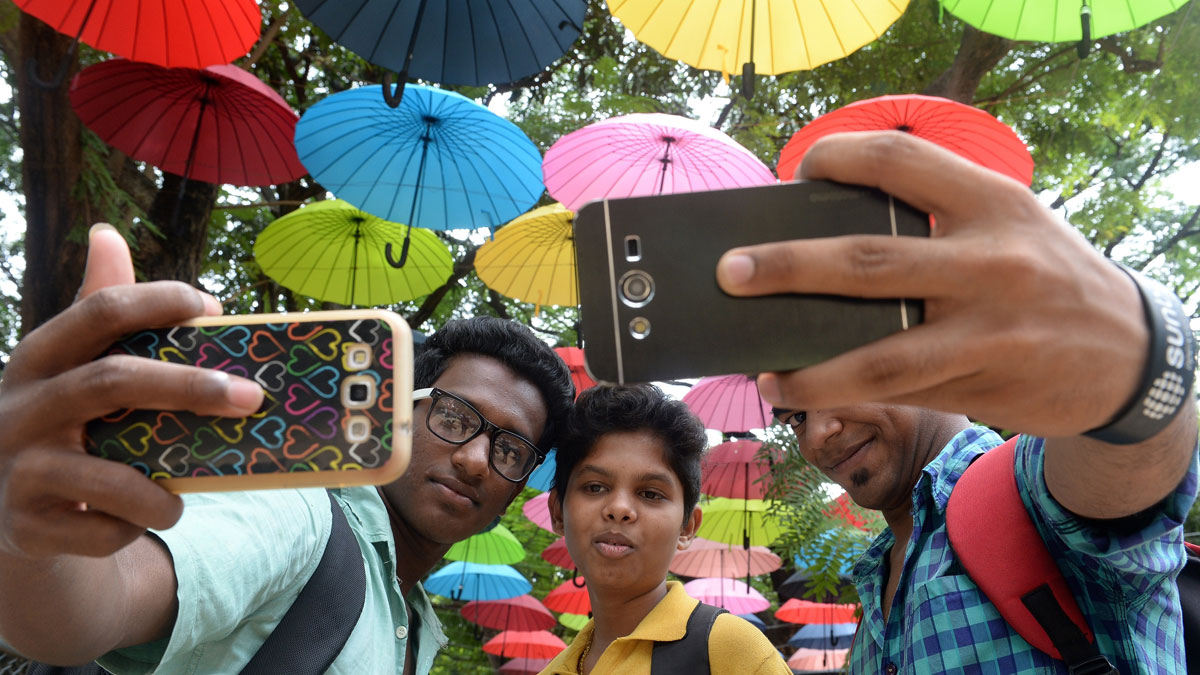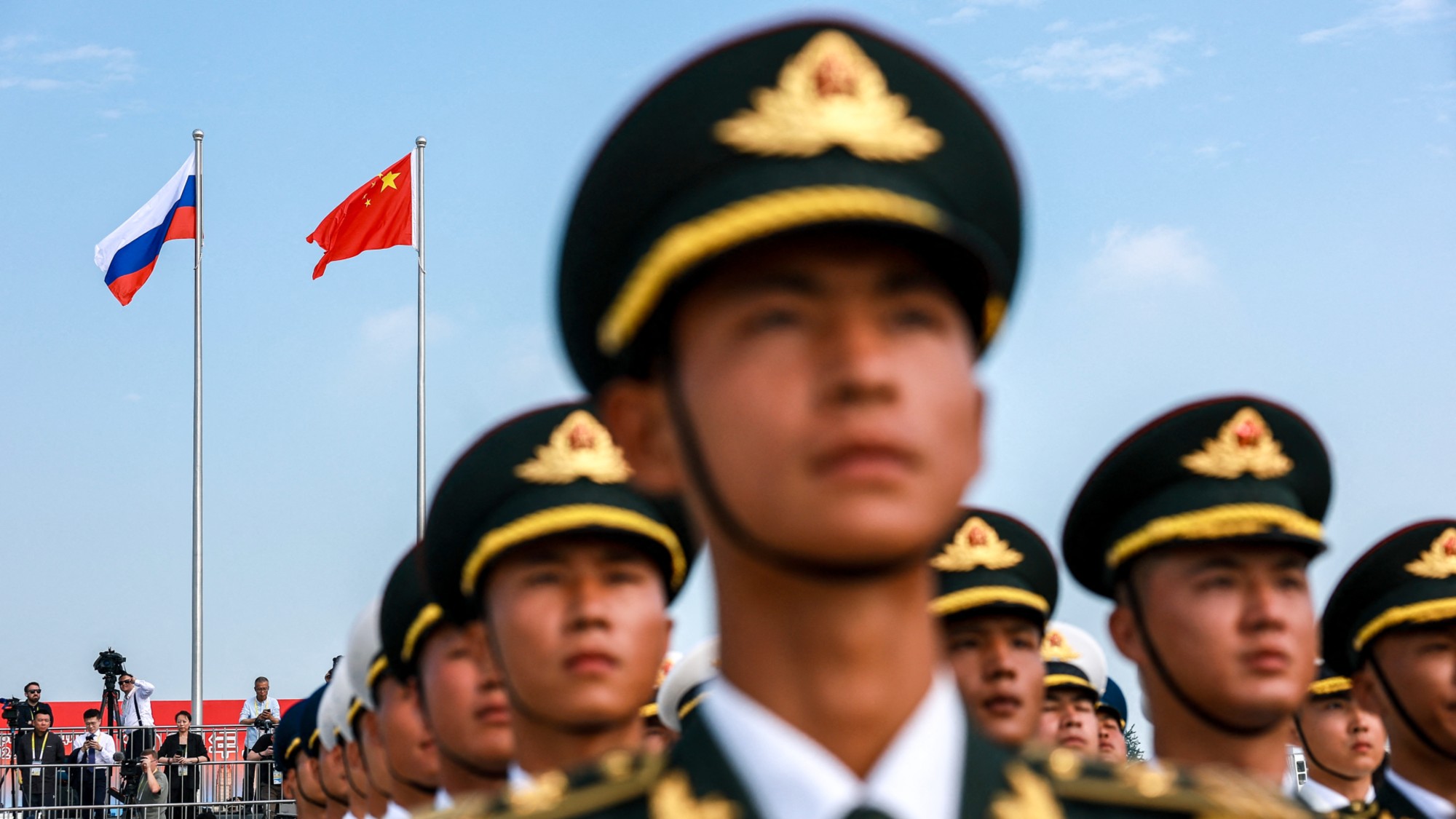Mumbai imposes 'no selfie' zones after fatal accidents
India has highest rate of deaths linked to people taking self-portraits, with tourist spots a particular hazard

Police in Mumbai have banned people from taking pictures of themselves in parts of the city deemed to be dangerous after an alarming number of selfie-related deaths.
Sixteen "no selfie" zones face are now in action across the Indian city and anyone found taking a self-portrait in them will be slapped with a fine of 1,200 rupees (about £12.50), the Associated Press reports.
The areas identified as being potentially dangerous include parts of the coastline without barriers or railings and popular tourist attractions, such as the Marine Drive promenade.
The Week
Escape your echo chamber. Get the facts behind the news, plus analysis from multiple perspectives.

Sign up for The Week's Free Newsletters
From our morning news briefing to a weekly Good News Newsletter, get the best of The Week delivered directly to your inbox.
From our morning news briefing to a weekly Good News Newsletter, get the best of The Week delivered directly to your inbox.
However, it does not look as if the ban is having an effect. "Despite clearly marked signs demarking the selfie-free zones, people can still be seen clicking away, and often going to the edges or standing on ledges to get the most thrilling shots," says AP.
India is home to the most number of people who have died taking selfies, according to a study by the data service provider Priceonomics.
"The stories are bountiful, and tragic and often involve large groups of teenagers," the company says.
Earlier this month, an 18-year old student drowned after falling off a rock near a dam in the city of Nashik during a class picnic, while in January, another teenager drowned at the popular Bandstand Fort.
A free daily email with the biggest news stories of the day – and the best features from TheWeek.com
Despite the fact that men take significantly fewer pictures of themselves than women, they make up 73 per cent of all selfie-related deaths.
-
 A luxury walking tour in Western Australia
A luxury walking tour in Western AustraliaThe Week Recommends Walk through an ‘ancient forest’ and listen to the ‘gentle hushing’ of the upper canopy
-
 What Nick Fuentes and the Groypers want
What Nick Fuentes and the Groypers wantThe Explainer White supremacism has a new face in the US: a clean-cut 27-year-old with a vast social media following
-
 5 highly amusing cartoons about rising health insurance premiums
5 highly amusing cartoons about rising health insurance premiumsCartoon Artists take on the ACA, Christmas road hazards, and more
-
 How Bulgaria’s government fell amid mass protests
How Bulgaria’s government fell amid mass protestsThe Explainer The country’s prime minister resigned as part of the fallout
-
 Femicide: Italy’s newest crime
Femicide: Italy’s newest crimeThe Explainer Landmark law to criminalise murder of a woman as an ‘act of hatred’ or ‘subjugation’ but critics say Italy is still deeply patriarchal
-
 Brazil’s Bolsonaro behind bars after appeals run out
Brazil’s Bolsonaro behind bars after appeals run outSpeed Read He will serve 27 years in prison
-
 Americans traveling abroad face renewed criticism in the Trump era
Americans traveling abroad face renewed criticism in the Trump eraThe Explainer Some of Trump’s behavior has Americans being questioned
-
 Nigeria confused by Trump invasion threat
Nigeria confused by Trump invasion threatSpeed Read Trump has claimed the country is persecuting Christians
-
 Sanae Takaichi: Japan’s Iron Lady set to be the country’s first woman prime minister
Sanae Takaichi: Japan’s Iron Lady set to be the country’s first woman prime ministerIn the Spotlight Takaichi is a member of Japan’s conservative, nationalist Liberal Democratic Party
-
 Russia is ‘helping China’ prepare for an invasion of Taiwan
Russia is ‘helping China’ prepare for an invasion of TaiwanIn the Spotlight Russia is reportedly allowing China access to military training
-
 Interpol arrests hundreds in Africa-wide sextortion crackdown
Interpol arrests hundreds in Africa-wide sextortion crackdownIN THE SPOTLIGHT A series of stings disrupts major cybercrime operations as law enforcement estimates millions in losses from schemes designed to prey on lonely users